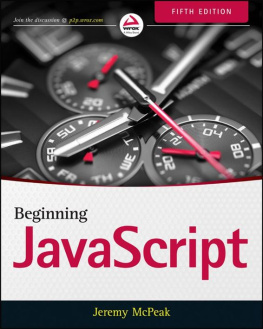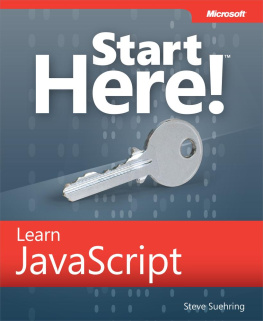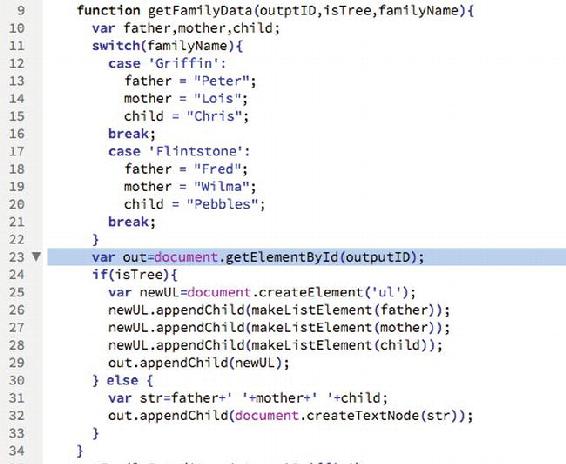Christian Heilmann - Beginning JavaScript with DOM Scripting and Ajax, Second Edition
Here you can read online Christian Heilmann - Beginning JavaScript with DOM Scripting and Ajax, Second Edition full text of the book (entire story) in english for free. Download pdf and epub, get meaning, cover and reviews about this ebook. year: 2013, publisher: Apress, genre: Computer. Description of the work, (preface) as well as reviews are available. Best literature library LitArk.com created for fans of good reading and offers a wide selection of genres:
Romance novel
Science fiction
Adventure
Detective
Science
History
Home and family
Prose
Art
Politics
Computer
Non-fiction
Religion
Business
Children
Humor
Choose a favorite category and find really read worthwhile books. Enjoy immersion in the world of imagination, feel the emotions of the characters or learn something new for yourself, make an fascinating discovery.
- Book:Beginning JavaScript with DOM Scripting and Ajax, Second Edition
- Author:
- Publisher:Apress
- Genre:
- Year:2013
- Rating:5 / 5
- Favourites:Add to favourites
- Your mark:
Beginning JavaScript with DOM Scripting and Ajax, Second Edition: summary, description and annotation
We offer to read an annotation, description, summary or preface (depends on what the author of the book "Beginning JavaScript with DOM Scripting and Ajax, Second Edition" wrote himself). If you haven't found the necessary information about the book — write in the comments, we will try to find it.
Beginning JavaScript with DOM Scripting and Ajax is an essential resource for modern JavaScript programming. This completely updated second edition covers everything you need to know to get up-to-speed with JavaScript development and add dynamic enhancements to web pages, right from the basics. As well as focusing on client-side JavaScript, you will also learn how to work with the Browser Object Model, the Document Object Model (DOM), how to use XML and JSON as well as communicate with service side scripts such as PHP. Find out how to:
Construct good JavaScript syntax following modern coding practices
Use JavaScript to communicate with the server and retrieve data
Dynamically manipulate markup, validate forms and deal with images
Debug applications using features inside the browser
JavaScript is one of the most important technologies on the web. It provides the means to add dynamic functionality to your web pages and serves as the backbone of Ajax-style web development. Beginning JavaScript with DOM Scripting and Ajax will take you from being a JavaScript novice to work freely with this important technology - begin your JavaScript journey today!
What youll learn
What functions, variables, events and objects are and how to use them.
How build a site that will still work in the case that JavaScript is turned off.
How to access and update part of the page using code.
How to use JavaScript to communicate with the server and retrieve data.
How to use JavaScript to for form validation and user feedback.
How to use Third-Party Libraries like jQuery.
Who this book is for
Beginning JavaScript with DOM Scripting and Ajax is for the person who has a good grasp of HTML and CSS but wants to add JavaScript to their skillset. If you want to learn some basic programming concepts, have experience but need help updating your skills, or youre coming from another language, Beginning JavaScript with DOM Scripting and Ajax can help.
Christian Heilmann: author's other books
Who wrote Beginning JavaScript with DOM Scripting and Ajax, Second Edition? Find out the surname, the name of the author of the book and a list of all author's works by series.

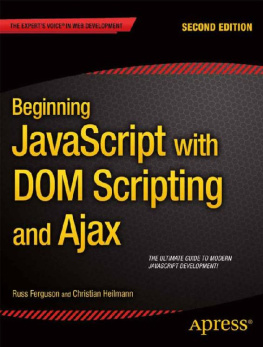



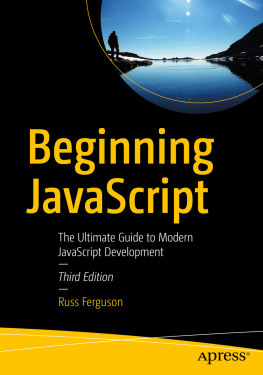
![Nicholas C. Zakas [Nicholas C. Zakas] - Professional: JavaScript® for Web Developers, Third Edition](/uploads/posts/book/121419/thumbs/nicholas-c-zakas-nicholas-c-zakas.jpg)
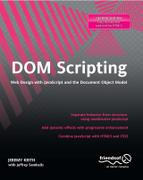
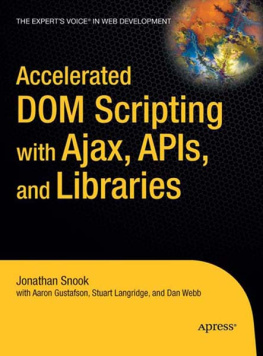
![Shelley Powers [Shelley Powers] - Learning JavaScript, 2nd Edition](/uploads/posts/book/120570/thumbs/shelley-powers-shelley-powers-learning.jpg)
